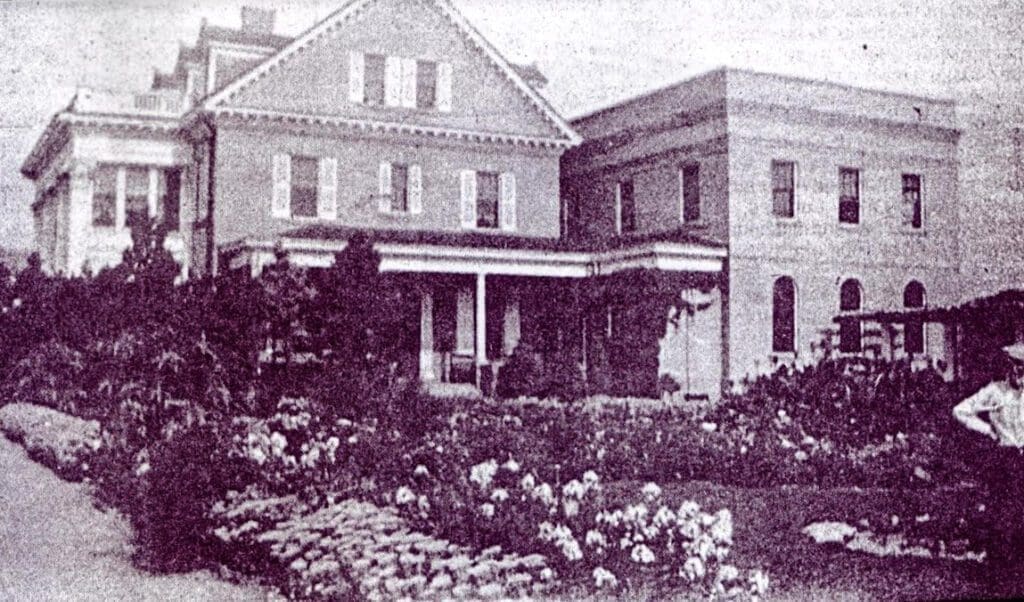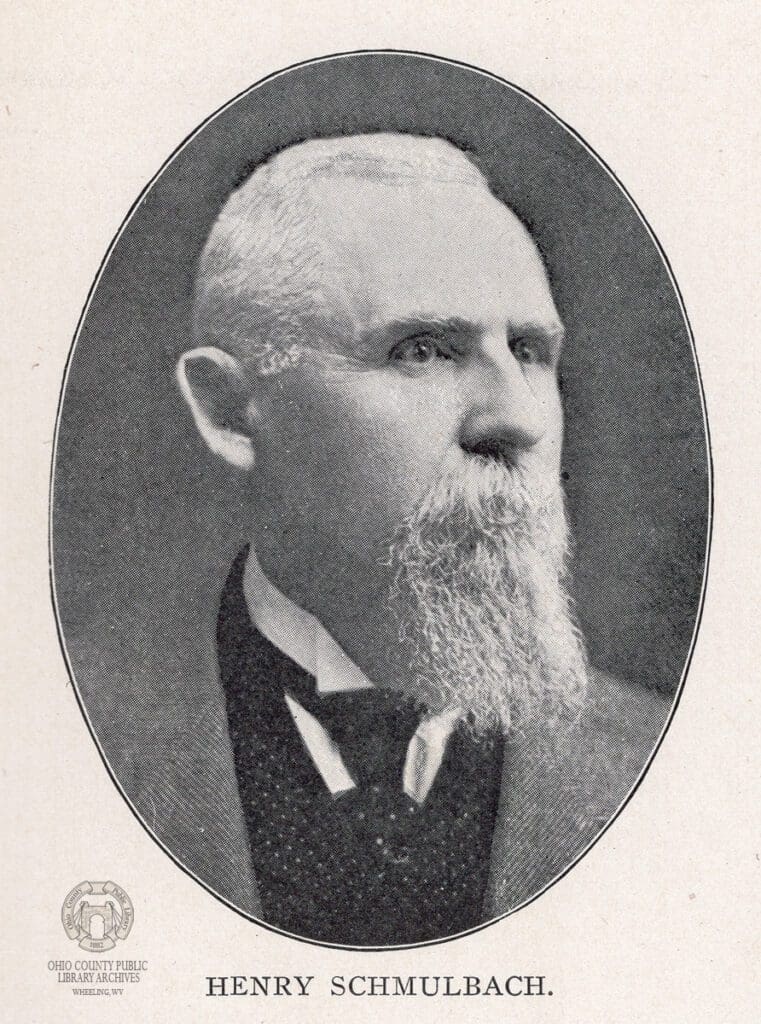
It likely will be an incredible crowd of people sharing a fascinating collection of history about a city that’s been a battleground during the Revolutionary War, the capital of two states, and the home of the original ‘Gateway to the West’.
The conversation will be guided by educator Ryan Stanton, the same gentleman who has been teaching local students about the impressive history of – wait for it – Wheeling, W.Va. Thanks to the creativity of administrators with Ohio County Schools and a $1,000 grant from Wheeling Heritage, Stanton will meet with local residents to discuss that history for a couple of months beginning September 7th.
“The people in the class will have a lot to do with what we talk about during the sessions,” Stanton explained. “I know most of them will remember the different businesses we once had here, and they’ll know about the high schools, the downtown, and I’m sure we’ll talk about the holidays and what the city offered back then.

“They’re going to want to talk about their neighborhoods, and places like Elby’s, Green’s Donuts, and Louie’s Hot Dog and Stone & Thomas, and Ernie’s Esquire,” he said. “They remember the names of the bars they used to go to, and the bands that used to play in Wheeling. I’ll have a topic to talk about for each class, but the class will take the conversation where they want.”
Each Saturday class will be held from 10-11 a.m. with the first of eight sessions scheduled for Wheeling Park High School. The grant funds from Wheeling Heritage will cover the cost of the book “Wheeling: Then and Now,” a volume of history authored by Sean Duffy, the programming coordinator at the Ohio County Public Library.
“People really enjoy historical objects because it lets them see and maybe hold something from a long time ago. It makes it real for a lot of people,” Stanton said. “Old products, family photographs, old newspaper, and magazine ads … those kinds of objects are really interesting.
“I’ve taken in a brick I have from old Wheeling High School, and some of my students wonder why I would collect an old brick. After I tell them about the history of the school, and about the people who went there, they start to understand. They understand that it’s important to tell those stories to preserve the history. The students bring objects to class, too, and we have something like ‘Show and Tell’ in class. And I’m sure it will happen with the new class, too.”

Brewer to Banker
Stanton is beginning his 15th year as an educator at Wheeling Park High School, and his “History of Wheeling” elective will be available for the 14th consecutive school year.
It was his curiosity about his hometown that initiated it all.
“When I was just getting started with studying the history of Wheeling as a pretty young guy, I was taking pictures of places and things I found interesting, and I was writing a blog about what I had researched, and people started paying attention to it,” Stanton recalled. “I’ve always thought that it’s really cool that Wheeling played such a role in the development of the rest of the country and many parts of the world.
“That blog really got me started with my research in Wheeling, and it’s something I do all the time now,” he explained. “I was in a conversation with (former Wheeling Park High principal Bernie Dolan) when I just started teaching and a class on Wheeling’s history came up. So, I worked with the school and with Wheeling Heritage, and we all put it together. This school year will be the 14th for the class.”

A good deal of his research, interestingly enough, focused on beer, but not because it was beer.
It was because of Henry Schmulbach, the founder of the Schmulbach Brewery in South Wheeling, and of the German Bank of Wheeling, a financial institution that has evolved into Wesbanco. Schmulbach, by far, was the wealthiest man on the eastern side of the United States in the early 1900s.
He passed away in 1915 from congestive heart failure, only one year after the West Virginia Legislature enacted prohibition.
“Schmulbach could do anything he wanted, and that included getting away with murder,” Stanton said. “He was the wealthiest man in this area by far because he was a terrific businessman. There are so many stories about him and they really fascinate the people who appreciate the history of this area.
“There are a lot of objects that Schmulbach left behind, like the brewery buildings in South Wheeling, the Wheeling-Pitt building in downtown, and what’s left of the mansion at Roney’s Point are just a few of them,” he said. “My students love Henry Schmulbach because he was such a character, but they enjoy hearing the history and they learn why Wheeling’s population has declined over the years. But they see a lot of positives right now.”

